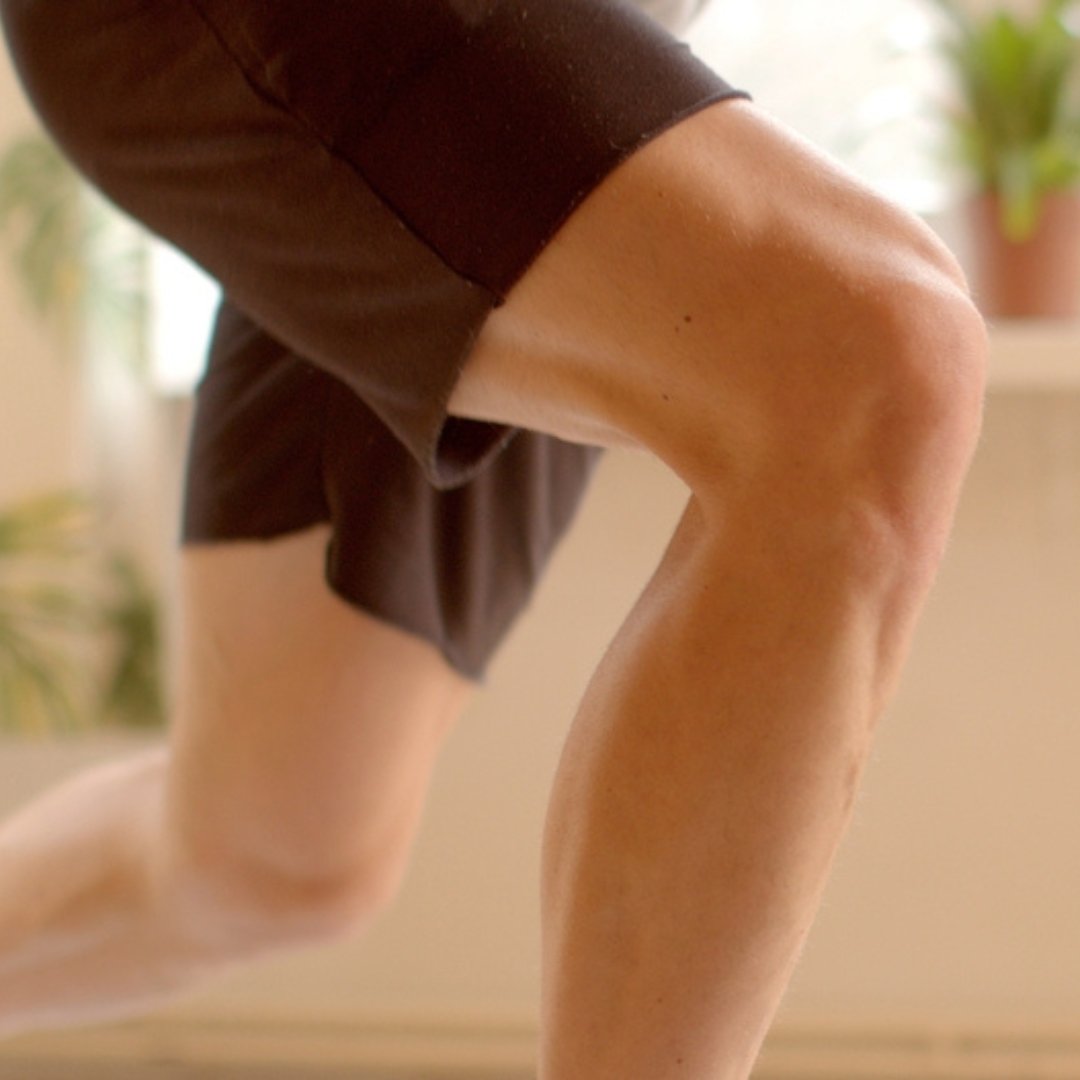
How Soon Should You Go Back to Driving After Knee Replacement Surgery?
Driving after knee replacement surgery? Learn when it’s safe to return to the road and how to manage stiffness, pedal control, and long-drive comfort.

One of the most common things I hear from patients preparing for knee replacement or struggling with knee pain is this:
“They told me my cartilage is gone — that it just wears out with age.”
But here’s what the latest science tells us: cartilage isn’t like a bald tire. It doesn’t just wear down until it’s useless. In fact, cartilage is bioplastic — which means it can respond, adapt, and even repair itself when exposed to the right kinds of movement.
That’s right: yes, cartilage can repair itself. And movement is what makes it happen.
When astronauts return to Earth, researchers have found that the cartilage in their knees is thinner. Why? Because in space, there’s no gravity — and without gravity, there’s no load on the joints.
The same thing can happen to you on Earth:
If you’ve been injured, had surgery, or spent months avoiding movement because of knee pain, your cartilage can weaken. But the good news? It can also get stronger again. Just like muscle, cartilage can respond positively to load — especially when guided by the right exercises.
If you’ve been told you’re “bone-on-bone” or that your knee pain is just part of aging, it’s easy to feel stuck — like your only option is to wait and hope things don’t get worse. But this isn’t the end of the road. It might be the start of something better: a more informed, more empowered phase of your recovery.
Whether you’re preparing for knee replacement surgery or trying to delay it, one thing holds true: movement still matters. And not just after surgery — right now.
The goal isn’t to push through pain. It’s to rebuild the support system around your knees. That means strengthening your glutes, quads, hamstrings, and calves — the muscles that stabilize the joint and reduce strain.
So how do you start?
Begin with gentle seated leg extensions, glute bridges, or even standing heel raises while holding the back of a chair.
Aim for 5–10 minutes a day. Not perfection — just consistency.
If an exercise causes sharp or lasting pain, scale back. Replace it with something easier, like ankle pumps or supported sit-to-stands from a chair.
Use a journal to track how you feel after each session. Some stiffness is normal. Pain that lingers isn’t.
Consider adding short daily walks — even 2–5 minutes at a time — to gently load your joints and improve circulation.
Movement done right can reduce inflammation, improve circulation, restore confidence, and even prepare your body for a smoother, faster recovery after surgery.
And if you’re not sure whether surgery is right for you yet? That’s okay. Focusing on strength and movement now gives you options later. It puts you in the driver’s seat — not the waiting room.
If you’re living with knee pain, don’t give up. Movement — done right — can help you feel better, move better, and maybe even delay or improve your outcome with knee surgery.
And if you’re already planning for knee replacement, the best time to start preparing is now.
If you’re the type who likes to understand the “why” behind the movement, dive into Epiphaknee by Moseley et al. It’s one of my favorite deep-dive reads.
Subscribe to KneeMail — it’s free, practical, and full of the honest guidance I give my patients every day.

Driving after knee replacement surgery? Learn when it’s safe to return to the road and how to manage stiffness, pedal control, and long-drive comfort.

Protect your knee health with lifestyle tips, exercises, and therapies that help prevent degeneration and support long-term joint comfort.

Sex after knee replacement surgery is safe with the right timing, tips, and support. Learn how to return to intimacy with confidence.

Learn how neuromuscular training improves knee stability, balance, and proprioception to support joint health and prevent injuries.

Learn why knee stiffness isn’t only caused by aging and discover strategies to ease pain, improve mobility, and support long-term knee health.